Recommend refusal: Explosive Sekisui House details revealed
Explosive documents reveal Sekisui House’s controversial Yaroomba Beach proposal was set for council refusal just weeks before it was given the green light.
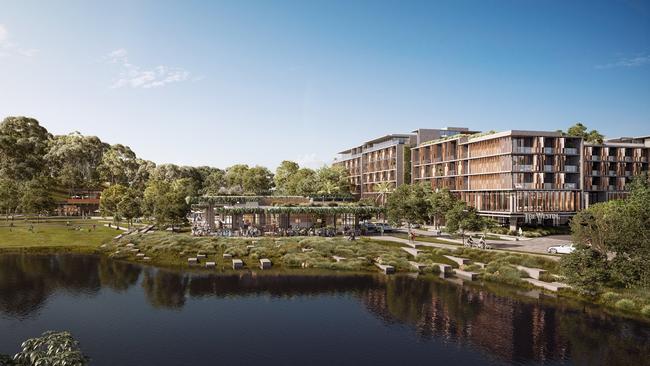
Sunshine Coast
Don't miss out on the headlines from Sunshine Coast. Followed categories will be added to My News.
Explosive documents have revealed council planners were set to refuse Sekisui House's controversial Yaroomba Beach proposal just weeks before it was approved by councillors in a 6-5 vote.
A 3700-page document drop by Sunshine Coast Council has lifted the lid on the billion-dollar project's prickly path to approval.
The project was given the green light at a special council meeting on June 21, 2018.
But just weeks before that council's principal development planner Marc Cornell had signalled his intention to prepare a report recommending refusal of the five-star hotel and housing project.
iPhone donation boosts vital link to violence victims
Win $20,000 cash or $100 gift cards
Explosive documents reveal council's relentless casino bid
On June 1, 2018, Mr Cornell emailed council's group executive of customer engagement and planning services James Ruprai and development services branch manager Patricia Jensen stating his position on the proposal which had sparked a tidal wave of public submissions.
The opinion:
Mr Cornell outlined his opinion that the development would not comply with council's height of buildings and structures overlay, and that there were not sufficient grounds under the State Planning Act to override council's planning scheme overlay and grant an approval.
Mr Cornell's email addressed five fields covered in the sufficient grounds test and advised "we have not received advice from our expert that there is an urgent need for this proposal" among his reasons.
"To this end, any report authored by myself would be forwarded to you with a recommendation for refusal based on not meeting the sufficient grounds test," Mr Cornell's email said.
"In the interests of time, I would prefer to draft one report rather than modify late in the piece if others hold a different view.
"This is certainly not an easy judgment to make and I am well aware that others may hold different views (which again, I'm (sic) am perfectly okay with given this is my opinion and isn't tested anywhere else).
"If you are of a different view, can you please give an indication of this (I'm not seeking your direction to take a particular course, just providing your professional opinion in representing the Customer Engagement and Planning Services team and Council), such that we can draft a report that meets your requirements."
Ms Jensen responded on June 4 telling Mr Cornell "James (Ruprai) and I have reviewed the assessment and consider that the sufficient planning grounds can be meet (sic) based on the public and economic benefits associated with the proposal".
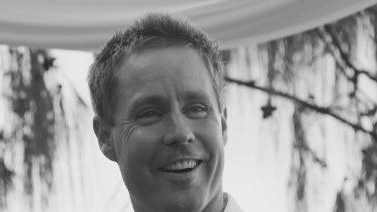
Ms Jensen said the proposal "clearly aligns" with council's Regional Economic Development Strategy by reinforcing "our region Game Changer projects" and boosting the region's high-value tourism industry with a five-star hotel.
"I would also rely on advice previously provided by Strategic Planning Branch on their assessment of the proposal and sufficient planning grounds," Ms Jensen wrote.
The Strategic Planning Branch was one of six internal council branches consulted as part of the application assessment.
Peer review:
A peer review of further information provided by Sekisui House in response to an information request from council, included in the documents released as part of a recent Right to Information disclosure, said that despite a "significant" project construction budget, the "ongoing induced economic impact is only relatively modest when the impacts of regional transfers are removed".
"The site itself is relatively isolated and in our opinion, will likely deliver only limited agglomeration/aggregation benefits or the external multipliers associated with a similar hotel located with a major activity centre," the peer review stated.
The peer review also found the hotel component of the Yaroomba Beach project would have an estimated total direct gross value added figure of $20.6 million to $30.9 million a year.
It also found an extra $7.7 million - $11.6 million of gross value added through indirect impacts was expected each year.
The tourism visitation was estimated to generate an average of between 453 - 680 direct, full-time equivalent jobs a year ongoing, and 78 - 117 indirect, full-time equivalent jobs a year.
An independent architectural analysis also found the broader development, which included serviced apartments, village centre, retail and more, would "result in a development which shall offer greater inclusion to the wider community through improved interface and accessibility to public assets" if it incorporated some of the recommendations outlined.
The documents released also revealed the lengths council had gone to accommodating the proposal.
In early-May internal emails showed council was still waiting on more information from the applicant.
Ms Jensen said an external economic assessor had already reviewed the applicant's report.
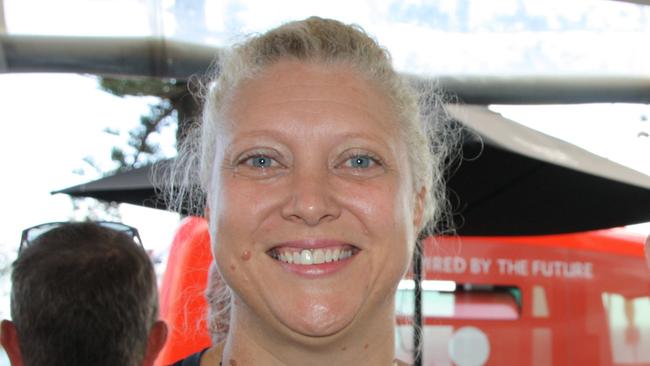
"We cannot do the report for the applicant..... that is why I have suggested the report above for Ec Dev (Economic Development) to do," she wrote.
"We have also suggested that they do not use our external assessor to remove any conflict between the assessment and the justification for the proposal."
Mr Ruprai wrote a "further council economic assessment for the current proposal at Yaroomba Beach" had also been discussed.
"I agree that we need a robust economic assessment to ensure we can assess the actual pros/cons before taking this to Council," he wrote.
"Please come back to me with your thoughts, as I am happy to have us arrange the report, or for it to be done through Economic Development."
On May 24, Mr Ruprai sought advice on "what grounds will we have in the public interest to depart from the height provisions of the scheme for this particular application" in anticipation of questions he expected to come from an upcoming workshop.
He also sought advice on the "precedents issue" which he was almost certain would be raised at the workshop or meeting "so we need to be carrying a single message on this one".
Former CEO weighs in:
Former council chief executive Michael Whittaker became more heavily involved in the process as the council meeting date drew nearer.
In late-May, Mr Whittaker wrote to Ms Jensen seeking advice of the gaps in the Infrastructure Agreement "as it presently stands".
He asked whether his assumption was correct that a signed agreement was needed by June 6 which satisfied staff from a public benefits perspective, "otherwise the assessment report is more likely to be a refusal".
Mr Whittaker also asked to be included in all communications from Mr Ruprai to councillors about the proposal from late-May on.
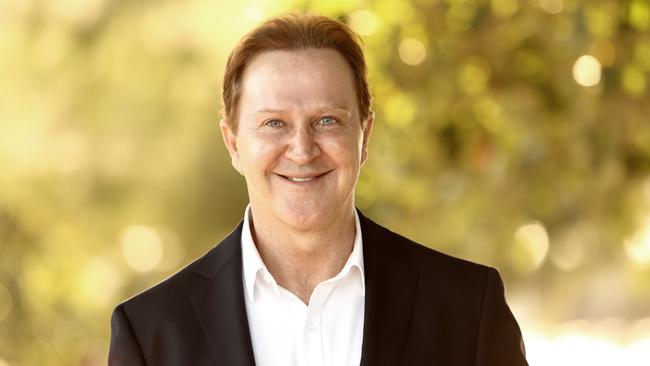
A timeline was prepared to provide councillors with "staggered" information, approved by Mr Whittaker, to ensure councillors were given "bite size components to read, absorb and reflect on before getting the full assessment report", about two weeks before the June 21 special meeting.
"Strength and resilience comes from being a great team," Mr Whittaker wrote on June 6, 2018.
The internal documents showed the preliminary approval report for the proposal had been largely completed by June 5, but an amended Infrastructure Agreement wasn't received by council until the morning of June 7.
The preliminary approval report had recommended an approval, but significant redactions had been made from the draft version before it was made public ahead of the June 21 special meeting.
The agreement:
Sekisui House signed off on an infrastructure agreement which was published in June, 2018, ahead of the crunch meeting which determined the approval.
Among the offerings was the provision of a five-star resort, a vacuum waste facility and collection, a coastal discovery centre and discovery trail, with public art worth $100,000 along the trail.
Open space and parks, public toilets and other amenities were pledged, as well as $1 million towards connecting the southern boundary pathway to Tanah St East and a $1.2 million contribution for external roadwork improvements.
Other contributions included $500,000 for an external local community facility improvement and another $500,000 over 10 years for a local Indigenous art program.
Bracing for backlash:
On June 12, still more than a week before the meeting, discussions were being held about mitigation of "blow back" from an approval.
Mr Ruprai referenced discussions with Mr Whittaker when he asked council's media department to prepare fact sheets and other communications in the event of an approval.
Mr Ruprai said he would "hate to see" staff challenged in public without information on hand.
"In terms of external messaging we have discussed and having a simple fact sheet that translated the DA permit conditions and IA (Infrastructure Agreement) public benefits into simple terms for the average community member," Mr Ruprai wrote.
"It would be good to align the facts to our council values: healthy, smart, creative.
"Please arrange these to be drafted in anticipation of the end of the week."

Crucial meeting approaches:
On June 19, just two days before the crucial meeting, Mr Whittaker wrote to Mr Ruprai and Ms Jensen seeking to have council's head of economic development, Paul Martins, take part in a presentation focusing on the importance of a five-star hotel and the economic benefits, noting it was "critical in your assessment report".
Later that day Mr Whittaker emailed Mr Ruprai, Ms Jensen, Mr Cornell and Mr Martins that he would "suggest that the issues of other five-star hotels and density concerns are specifically addressed in your presentation".
In response, Mr Ruprai said they were "keeping the presentation to the info in the report, as I am wary that assessment staff won't be there to sell the proposal".
"Paul (Martins) may be better placed to talk through the hotels components," Mr Ruprai wrote.
"We are meeting tomorrow to go over this (and more) and I will update you thereafter."
That night, at 8.15pm on June 19, Mr Whittaker wrote to Mr Ruprai and Ms Jensen telling them to convey information he'd been provided by council's chief financial officer Michael Costello on the value of rates raised from the properties "when you present to councillors the details of the public benefit package offered by the applicant".
Mr Costello, at Mr Whittaker's request, had provided information on the potential rates pool the Yaroomba Beach proposal represented.
His estimates of the first year once all buildings were complete was a rates return of $1.354 million - $1.458 million per annum.
Extrapolated out over a 99-year period, Mr Costello advised it represented a net present value of between $84 million and $90 million worth of rates to council.
The development application was approved despite the council receiving 12,326 submissions, 9306 of which had objected to the proposal.
Objections noted:
The draft preliminary approval document, which was included among the 3700 pages of recently-released material, had noted most objections included a concern about height.
"On this basis, it is difficult to conclude that the development meets the reasonable expectations of the community," the draft report said.
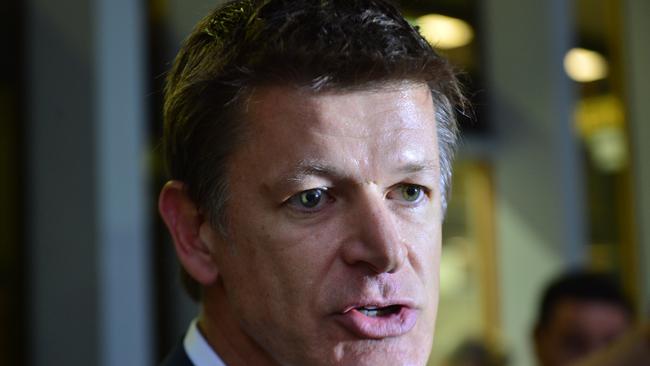
But the final report which was made public ahead of the June 21, 2018 meeting said many of the concerns had been addressed through a reduction in density of the development, which was reduced from more than 1000 dwellings to 740.
The officer's detailed report also said that the proposal was "considered to present an opportunity to secure a much needed form of tourism development that would increase the diversity of accommodation in the region and lead to significant flow-on opportunities".
The final officer's report which recommended approval relied heavily on the fact the existing planning scheme didn't reflect the current approval over the site, while the progression of the Sunshine Coast Airport and need for five-star resort accommodation nearby had been another significant factor.
The final report also cited the need to grow high-value industries as outlined in the Regional Economic Development Strategy and Tourism, Sport and Leisure Industry and Investment Plan, and found the proposal would provide a "demonstrable public benefit".
"On this basis, there is sufficient grounds to approve the development noting the urgent economic and community need for the proposed development and that the previous assumptions in respect of the development of the site have changed," the final report stated.
Sekisui House's Yaroomba Beach project director Evan Aldridge declined to comment at length given the matter was still ongoing in court.
"The Yaroomba Beach development approval was upheld by the Planning and Environment Court with a new conditions package issued on 15 June 2020," Mr Aldridge said.
"This judgment is currently being appealed through the Supreme Court, with a hearing due in March, 2021.
"Therefore we won't be providing any comment whilst this matter is being processed."
Community campaign 'vindicated':
Friends of Yaroomba spokeswoman Kathryn Hyman said the documents released as part of the Right to Information disclosure had gone to prove that there were adequate planning grounds to refuse the application.
"It vindicates and justifies the actions the community has taken," she said.
The community had raised about $450,000 for the first appeal in the Planning and Environment Court and about an extra $80,000 had been raised to-date for the Court of Appeal process underway in the Supreme Court.
It was understood about another $20,000 was still to be raised to fund that matter.
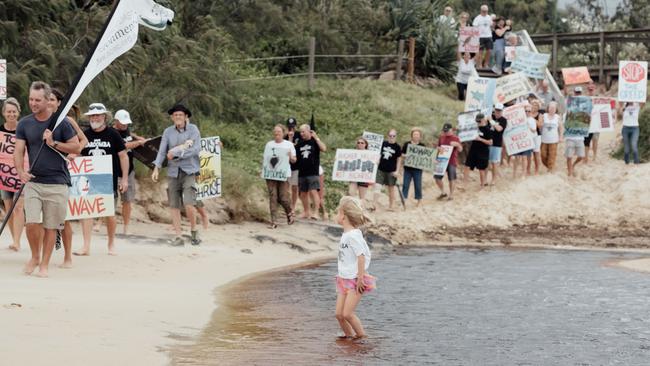
Organisation Sunshine Coast Association of Residents (OSCAR) Inc president Melva Hobson said the group believed the community needed to have confidence in the recommendations put forward by officers to councillors for decision-making by council.
The former Redland City Council mayor said she had questions about the process.
"OSCAR will seek further information re this," Ms Hobson said.
She said the group, which worked on behalf of community member groups representing thousands of residents and ratepayers across the Coast was concerned about the process.
She said the organisation had questions about the process, and the community shouldn't have to question its confidence in any council decision-making.
"This is unfortunate as Sunshine Coast Regional Council makes many good decisions," Ms Hobson said.
Sunshine Coast Council was unable to respond to a series of questions posed by the Daily.
"As the questions relate to a matter that is currently before the Court of Appeal, council cannot comment," a council spokesman said.


